Tags: Art Direction and Design, Brand Narrative, Creative Direction in Production
Designed by Folch
Designed by Folch
Compelled by one of nature’s most fascinating life cycles, Odiseo Vol. 11 explores the concept of metamorphosis through the lens of the ‘cocoon’. Like a seed that we plant, nourish and love, the notion itself gradually changed and swelled, evolving into a physical publication. In this issue, we travel through a world of movement as well as stasis; we inhabit bodies and minds that open up into new forms or take refuge under the hardened scaffolding of old moulds; we listen to the voices of socialisation, passion and love; isolation, individualism and transformation.
Alice Schillaci Stranizza d’Amuri
Perhaps the unknown body lives and thrives by virtue of its being inside, ‘cocooned’. Cast into the shadows of being, and separated from the world of others, the unknown body is complicit only with the one who shares its womb. Yet, organic and primitive, the cocoon’s physicality puts us in touch with something essential to human being – a darkness, quiescence, warmth, liquidity, sensuality and sordidness.
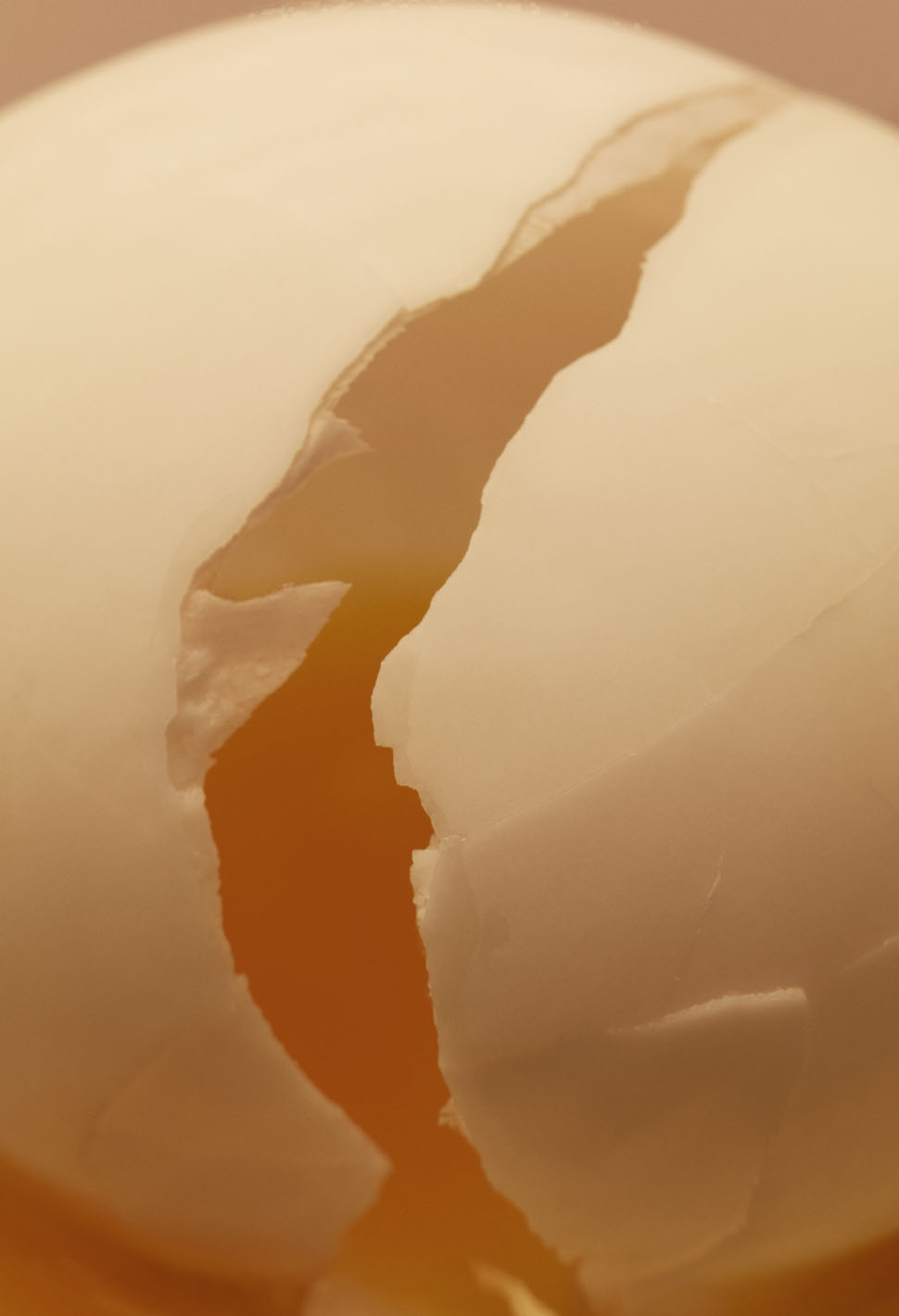
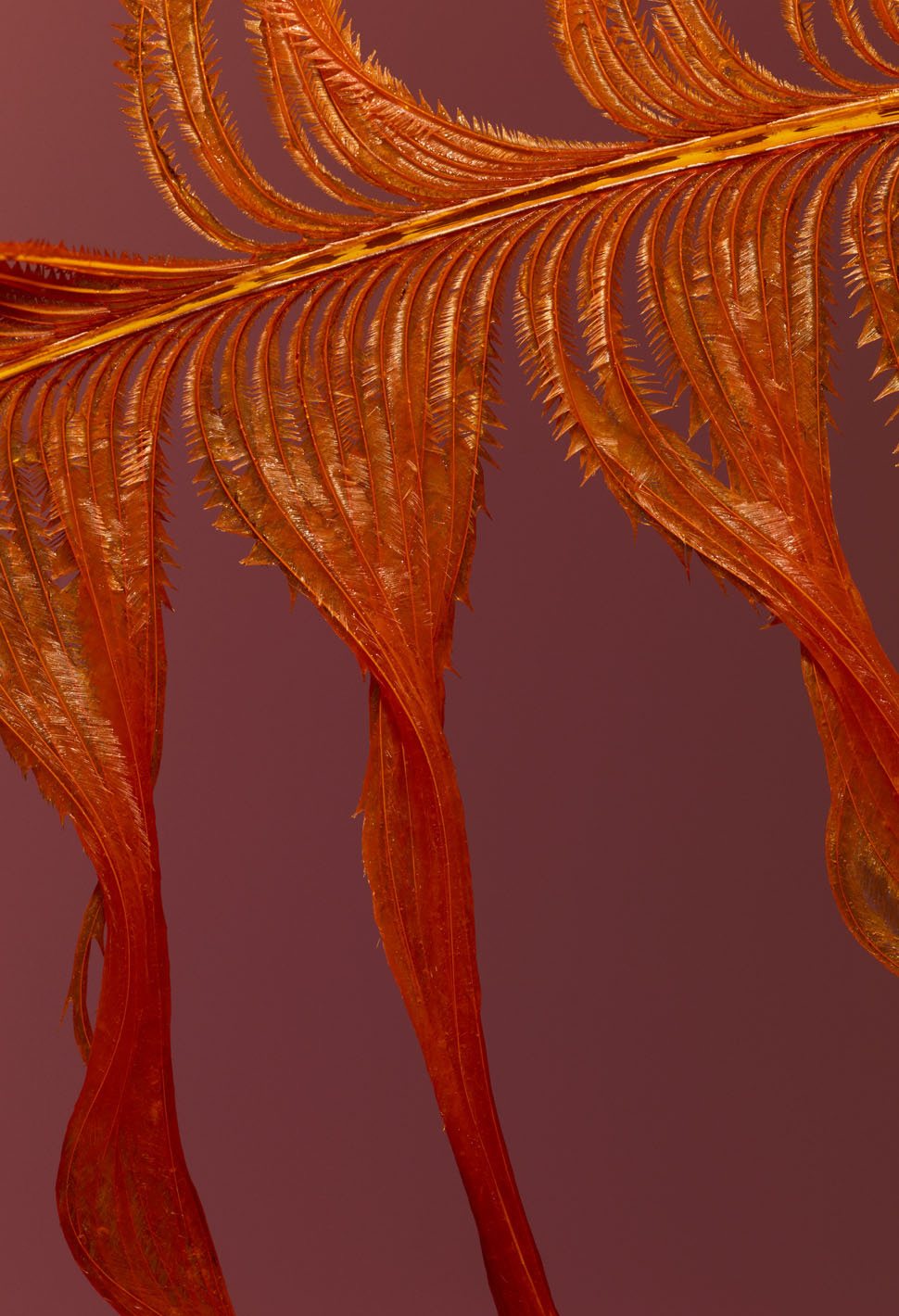
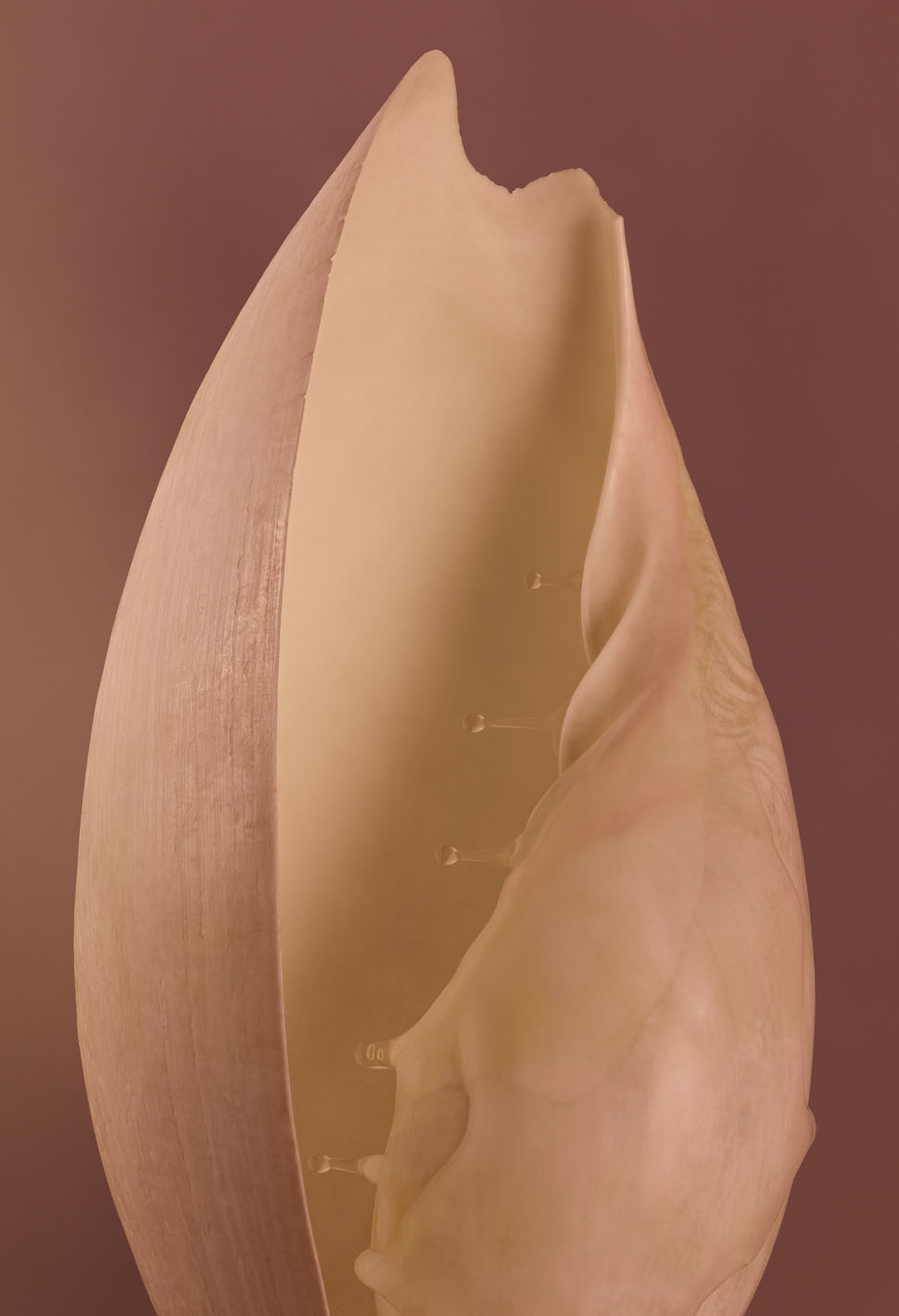
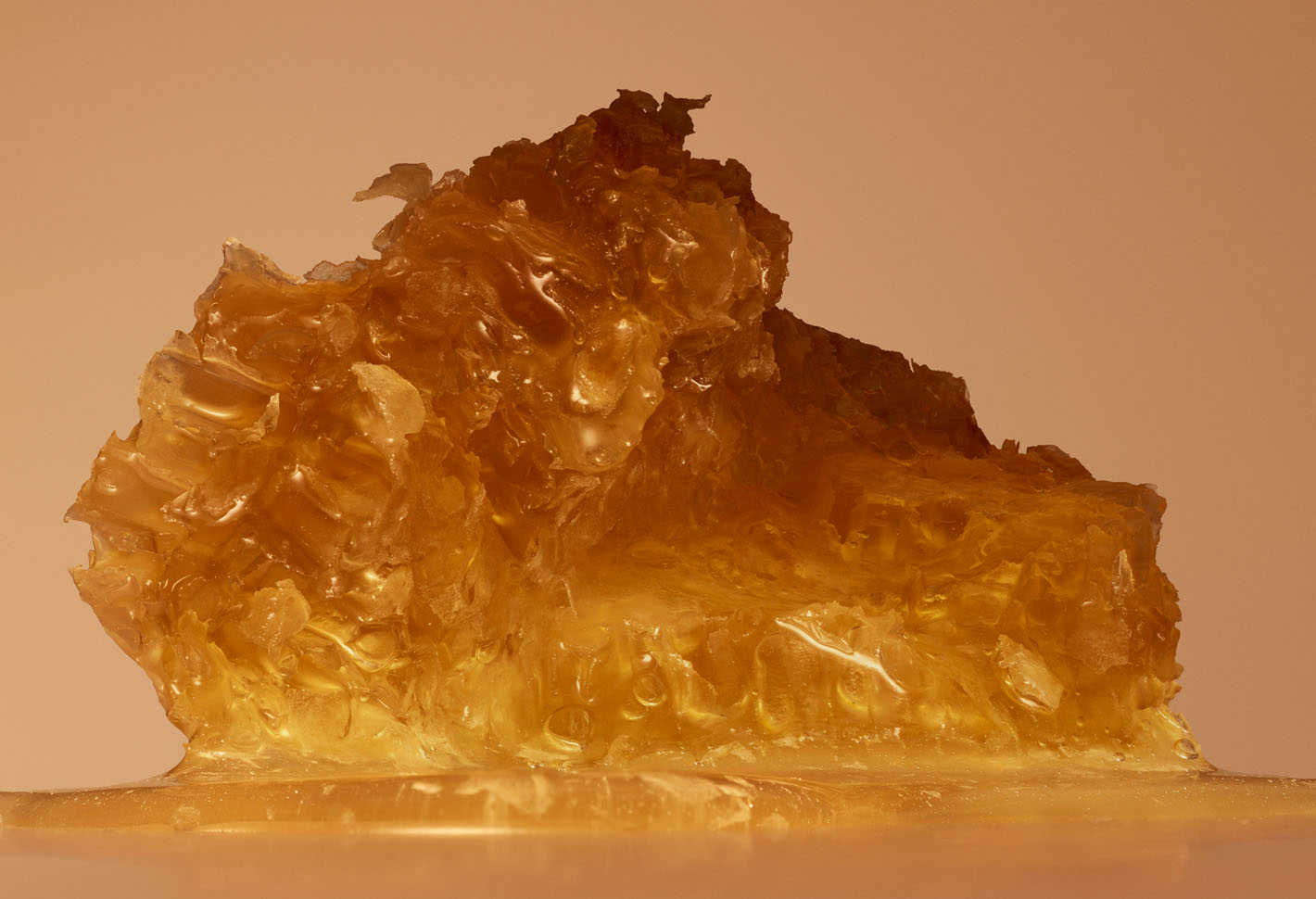
Like an egg or a seed, it marks a primordial reality; one in which we still remain unborn, a sexless potential, trapped between life and death.
Tom Blesch and Jamie-Maree Shipton’s Pisces
“Odiseo Vol.11 is out now, and fans of the NSFW erotically-supercharged art and photography mag won’t be disappointed.”
Grafik
Drawing on this concept, the written part of this volume centres on fictional pieces, as a counterpart to the uncertainty that resides in the chrysalis. In this particular configuration we are also introducing a new addition: Fake Monologues – a response to the state of intellectual isolation, the ‘filter bubble’, a phenomenon which has been widely considered to pose a threat to democracy in the postmodern era. Meanwhile, a new parallel story runs along the back covers – a tale in which the naiad Daphne is transformed into a laurel tree based on Ovid’s mythical poem Metamorphoses, illustrated by Tiago Majuelos.
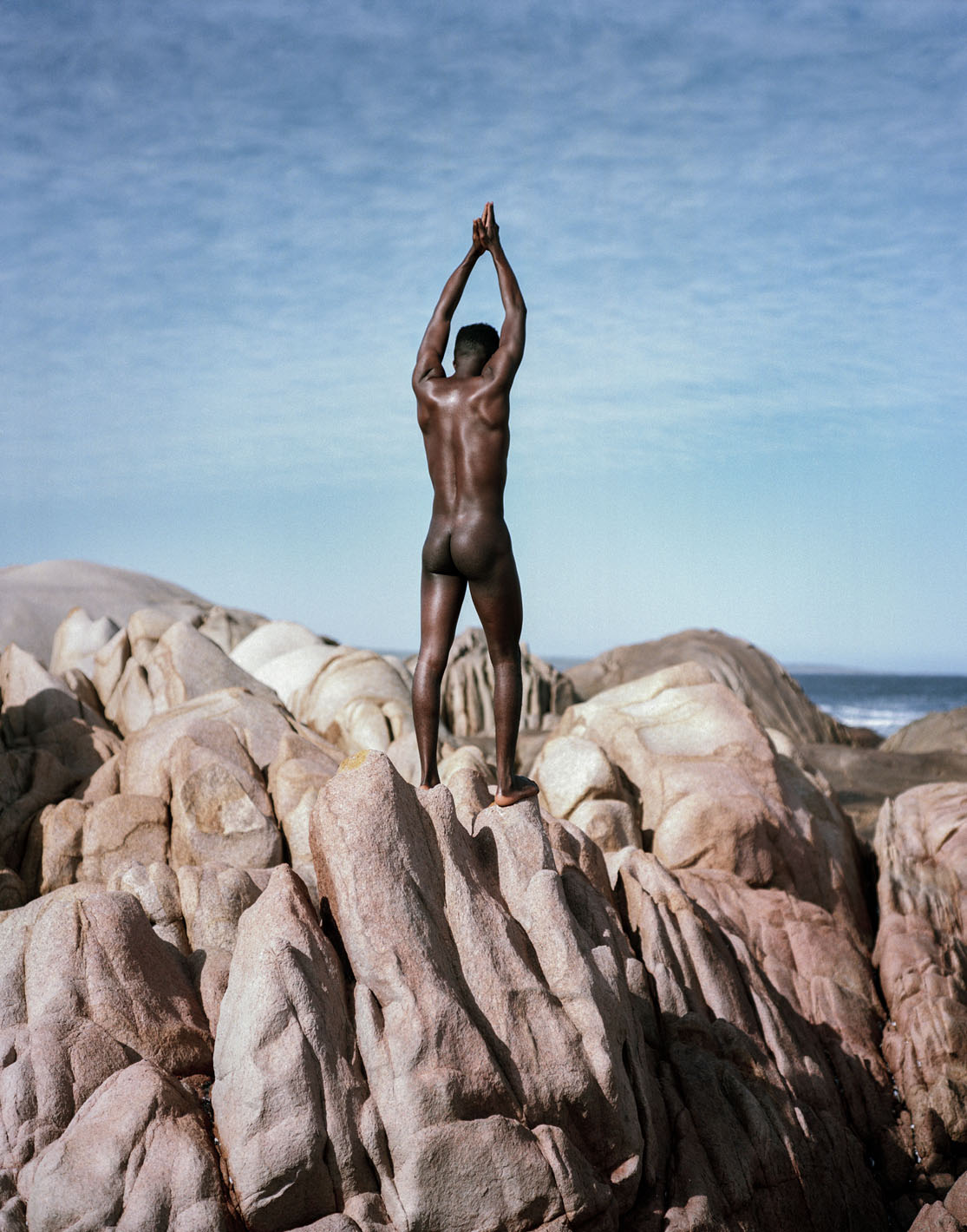
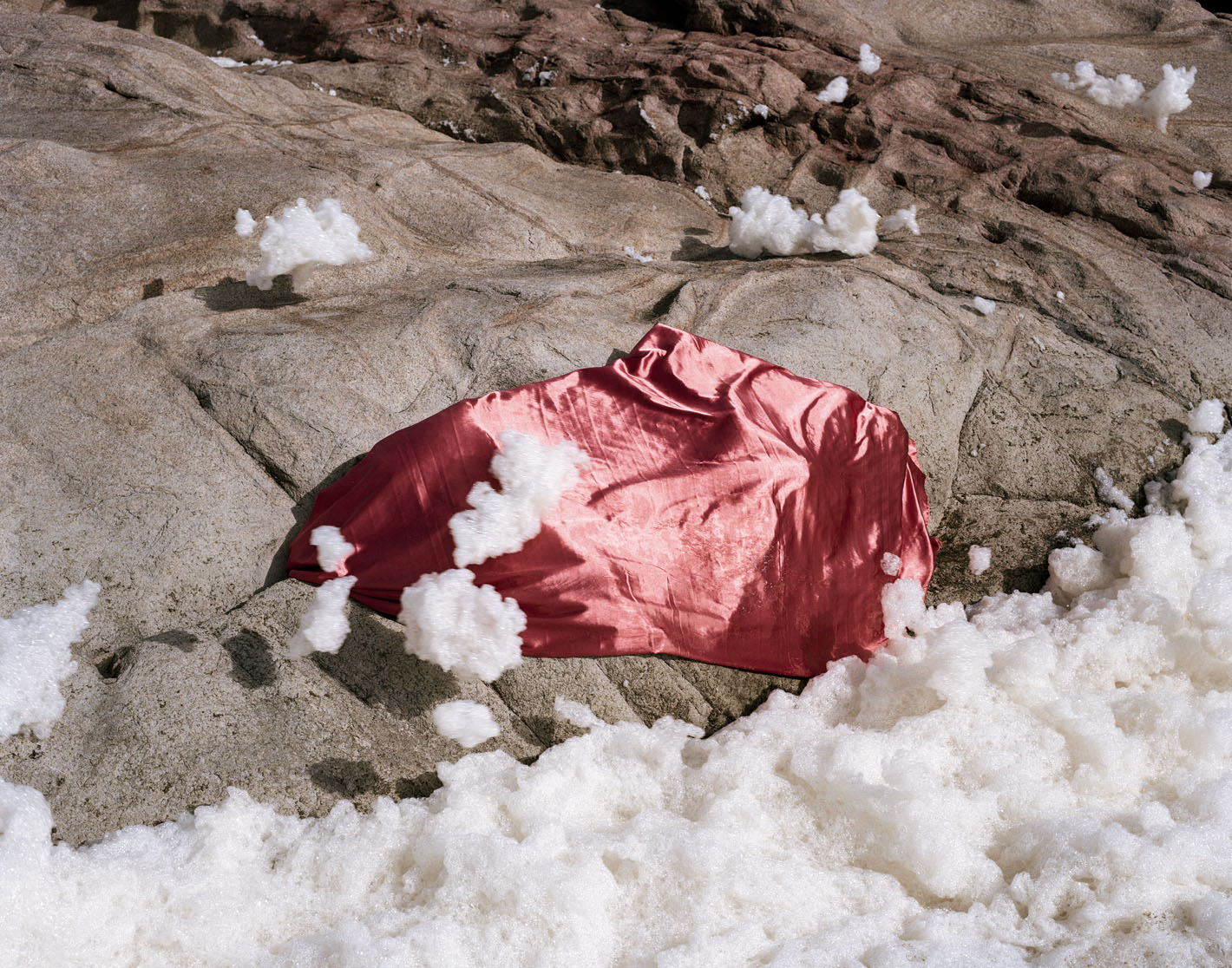
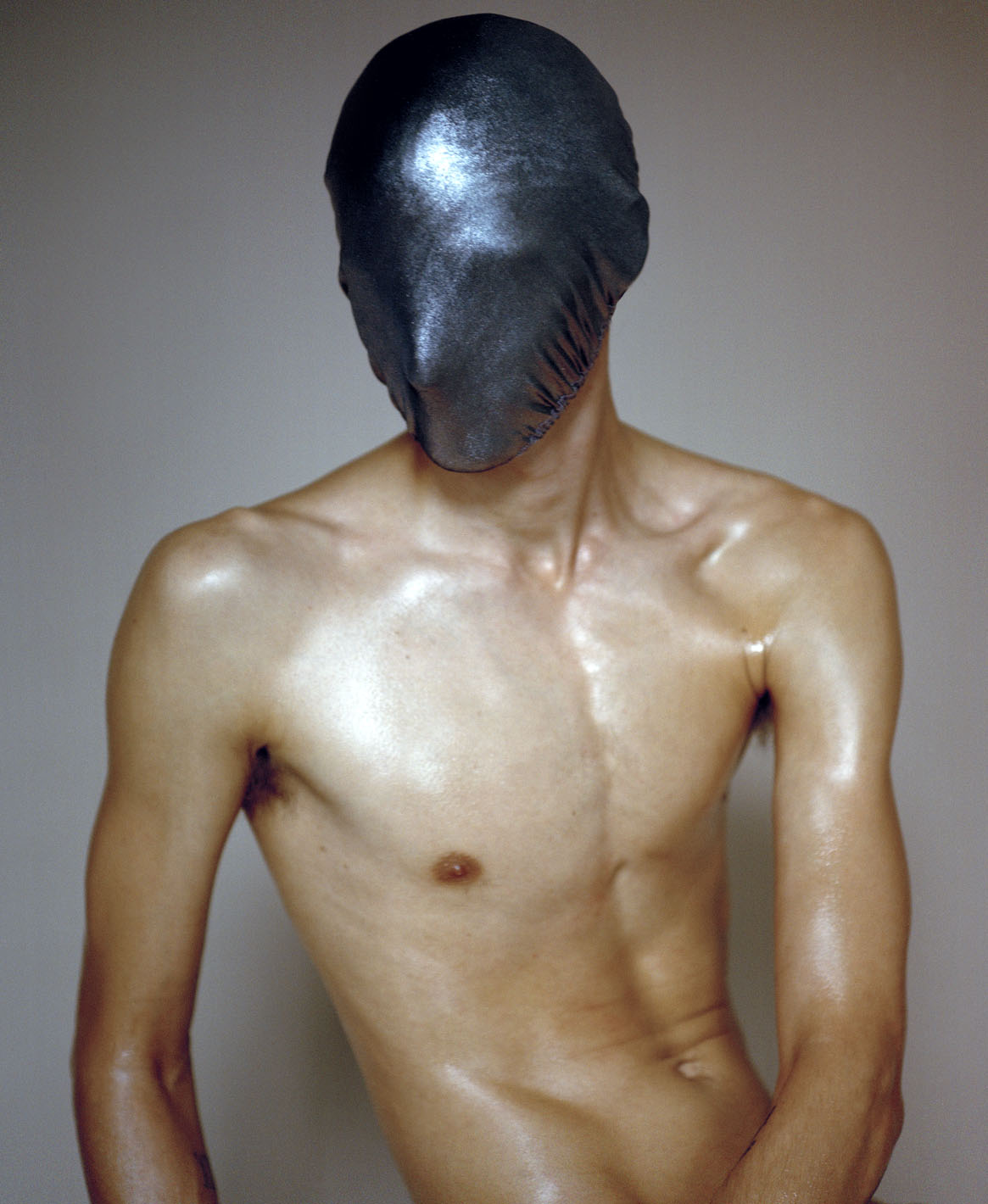
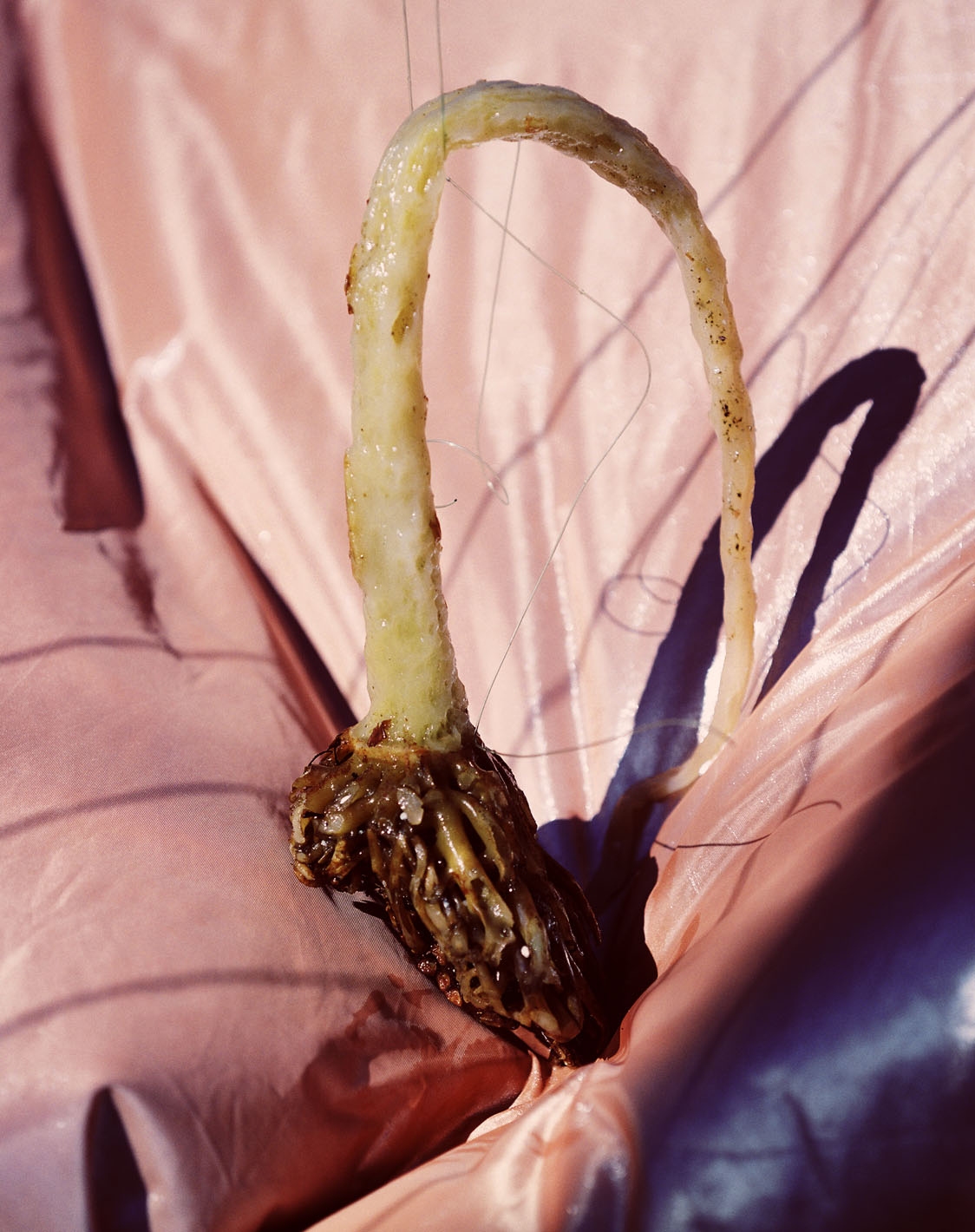
“A far cry from the top shelf sleaze mags best left in the ‘90s, the hardback publication could easily be labelled art or fashion, with previous issues addressing a wealth of intriguingly disparate themes.”
It’s Nice That
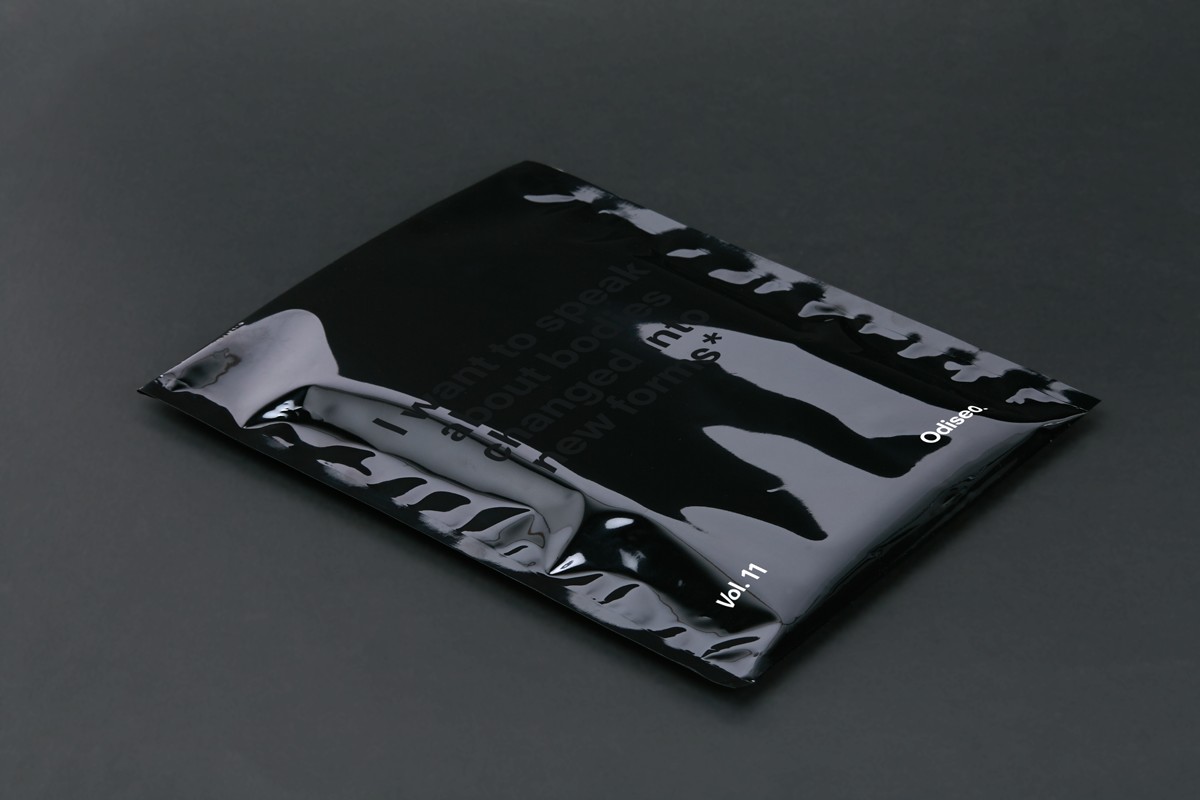
“I want to speak about bodies changed into new forms.”
Ovid’s Metamorphoses, tr. Anthony S. Kline, Bk I:1-20 The Primal Chaos
Alice Schillaci, together with the stylist Francesca Cefis, interprets a rare love affair in Stranizza d’Amuri, a cinematographic visual tale named after the Sicilian artist Franco Battiato’s song.Tom Blesch and Jamie-Maree Shipton flirt with the raw and the extraterrestrial in their series Pisces. They invited a group of interesting collaborators together, including the fashion designer Louis Alderson-Bythell who specialises in experimental matter. Rebecca Scheinberg portrays sublime objects in transformation in Yoke, Honey, Hump. The ovular objects, inspired by Story of the Eye by Georges Bataille, evoke darkness, quiescence, warmth, liquidity, sensuality and sordidness. Rudi Geyser captures the relationship between self and nature in The Dance while Alexandre Haefeli dedicates his visual essay to a hazy era, together with the stylist Oriana Tundo who has a penchant for the glamorous vintage.
Alexandre Haefeli & Oriana Tundo
“To carry around a defensive body armour on an empty stomach must be exhausting. Even for a Russian soldier.”
Excerpt from Eugenia Lapteva’s Ode to Softboy
Kingston Trinder delves into a journey through adulthood in his bildungsroman Milk Tooth alongside Vincenzo Angileri’s Rites of Passage, a fictional piece, where he gamifies the levels of existence. Eugenia Lapteva wrestles with psychic retreats and barriers of love in Ode to Softboy, an emotional work between poetry and prose. In the new feature Fake Monologues we take a trip to space in The third man: A monologue by Michael Collins.